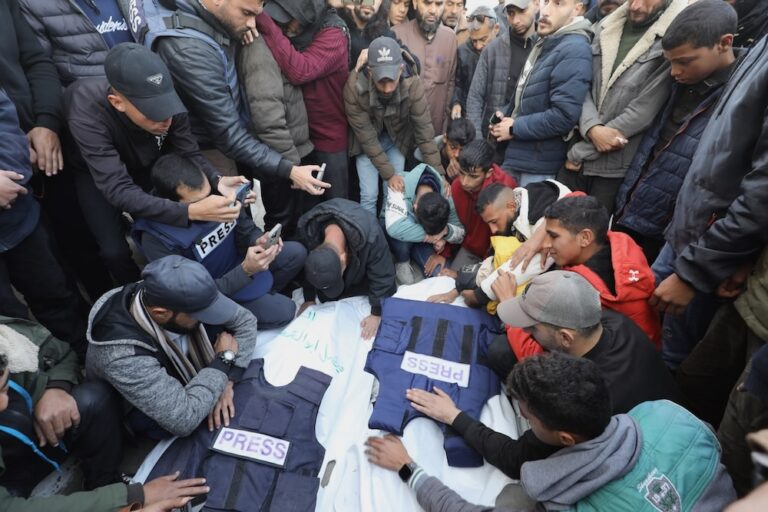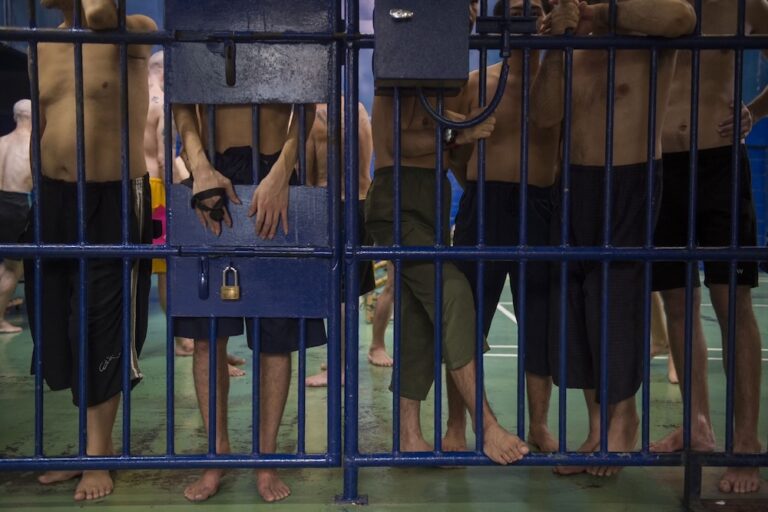The plan, which is promoted by UNESCO, calls for governments and inter-governmental agencies to create a free and safe environment for media workers in both conflict and non-conflict zones.
(MRA/IFEX) – Lagos, 19 April 2012 – Media Rights Agenda (MRA) today welcomed the endorsement of the United Nations Plan of Action on the Safety of Journalists and the Issue of Impunity by the UN Chief Executives Board, the highest level coordination mechanism of the UN system.
The UN Plan of Action, promoted by the United Nations Educational, Scientific and Cultural Organization (UNESCO), was endorsed on 13 April 2012 by the UN Chief Executives Board.
In a statement in Lagos, MRA’s Executive Director, Mr. Edetaen Ojo, said: “The plan is an important step by the global community to protect and support journalists and other media workers who have become endangered in many parts of the world, including in Nigeria where an alarming number of journalists have been killed over the years with no meaningful response from the State.”
MRA called for a commitment to implementing the strategy by all stakeholders and expressed the hope that additional measures would be taken, including concerted efforts by the global law enforcement community, to ensure that all those response for the killing of journalists and other media workers in the past and in future are identified and brought to justice.
It said without effective action against impunity, the safety of journalists and other media workers could not be assured.
The UN Plan of Action on the Safety of Journalists and the Issue of Impunity is the result of a process that began in 2010 upon the request of the Intergovernmental Council of the International Programme for the Development of Communication (IPDC).
The plan aims toward the creation of a free and safe environment for journalists and media workers in both conflict and non-conflict situations, with a view to strengthening peace, democracy and development worldwide.
The Director-General of UNESCO, Mrs. Irina Bokova, told fellow board members at the consideration of the Plan that “the safety of journalists is essential to upholding Article 19 of the Universal Declaration of Human Rights that guarantees the right to freedom of expression.”
Over the last decade, more than 500 journalists and media workers have been killed worldwide, with many more wounded or threatened while carrying out their professional responsibilities.
In 2011 alone, 62 journalists were killed, according to the latest biennial UNESCO Director-General Report on The Safety of Journalists and the Danger of Impunity, which was presented in March 2012.
The report noted that in most cases, these journalists were not reporting on armed conflict but on local stories, particularly related to corruption and other illegal activities such as organized crime and drugs.
In light of these dramatic statistics, there has been a pressing need for the various UN agencies, funds and programmes to develop a single, strategic and harmonized approach in order to have greater impact in combating the issue.
The measures in the plan include the establishment of a coordinated inter-agency mechanism to handle issues related to the safety of journalists, and the involvement of other intergovernmental organizations at international and regional levels to encourage the incorporation of media development programmes focusing on journalists’ safety within their respective strategies.
The plan also foresees the extension of work already conducted by UNESCO to prevent crimes against media workers. This includes assisting countries to develop legislation and mechanisms favourable to freedom of expression and information, and by supporting their efforts to implement existing international rules and principles.
To further reinforce prevention, the plan recommends working in cooperation with governments, media houses, professional associations and NGOs to conduct awareness-raising campaigns on a wide range of issues such as existing international instruments and conventions, the growing dangers posed by emerging threats to media professionals, including non-state actors, as well as various existing practical guides on the safety of journalists.
The plan also places emphasis on the importance of disseminating good practices on the safety of journalists and how to counteract impunity.
Under the plan, journalism education institutions will also be encouraged to include in their curricula, materials relevant to the safety of journalists and impunity.


